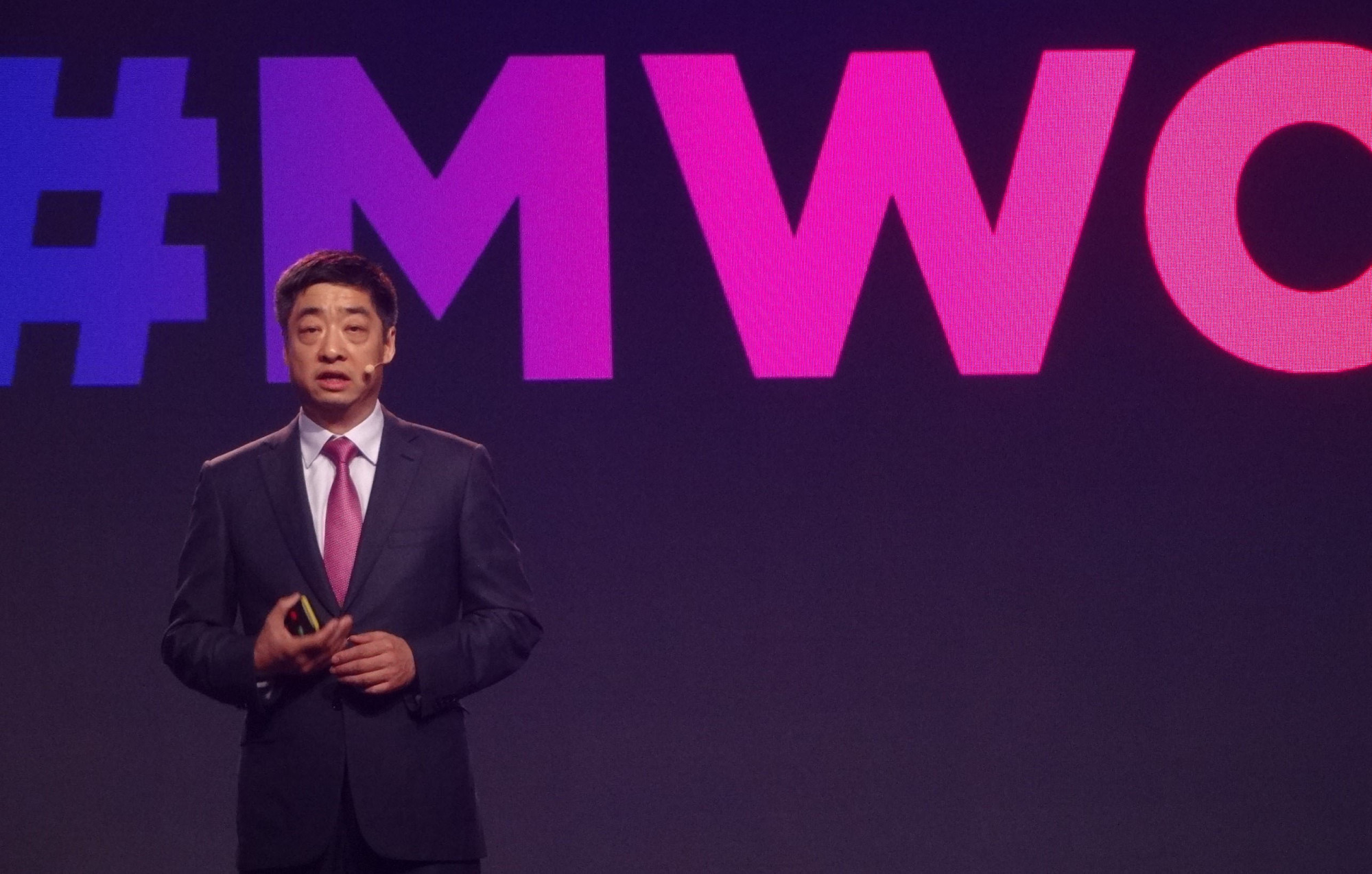The most closely watched technology in the information and communications field today is the next-generation superfast mobile network. The communication speed of the fifth-generation (5G) network will be roughly 100 times faster than the current standard and, due to its ultralow risk of delays and the massive capacity for simultaneous connections, the technology will hopefully be used in a wide variety of services ranging from the delivery of high-resolution video to self driving vehicles and remote machine operation.
Service on the 5G network was launched in April in South Korea and the United States. Last month in Japan, the Internal Affairs and Communications Ministry distributed licenses for 5G services. Commercial service is set to begin next spring as the nation prepares to host the 2020 Summer Olympic and Paralympic Games in Tokyo.
The technology has also been the centerpiece of sanctions imposed by the U.S. government on Chinese firms in the intensifying row between the world's two largest economies. In mid-August, the U.S. introduced a ban on the federal government from procuring products from five Chinese high-tech firms, including Huawei Technologies Co. and ZTE Corp., based on the National Defense Authorization Act that became law a year ago. It is also moving to prohibit U.S. electronics parts makers and software firms from selling their products to Huawei.



